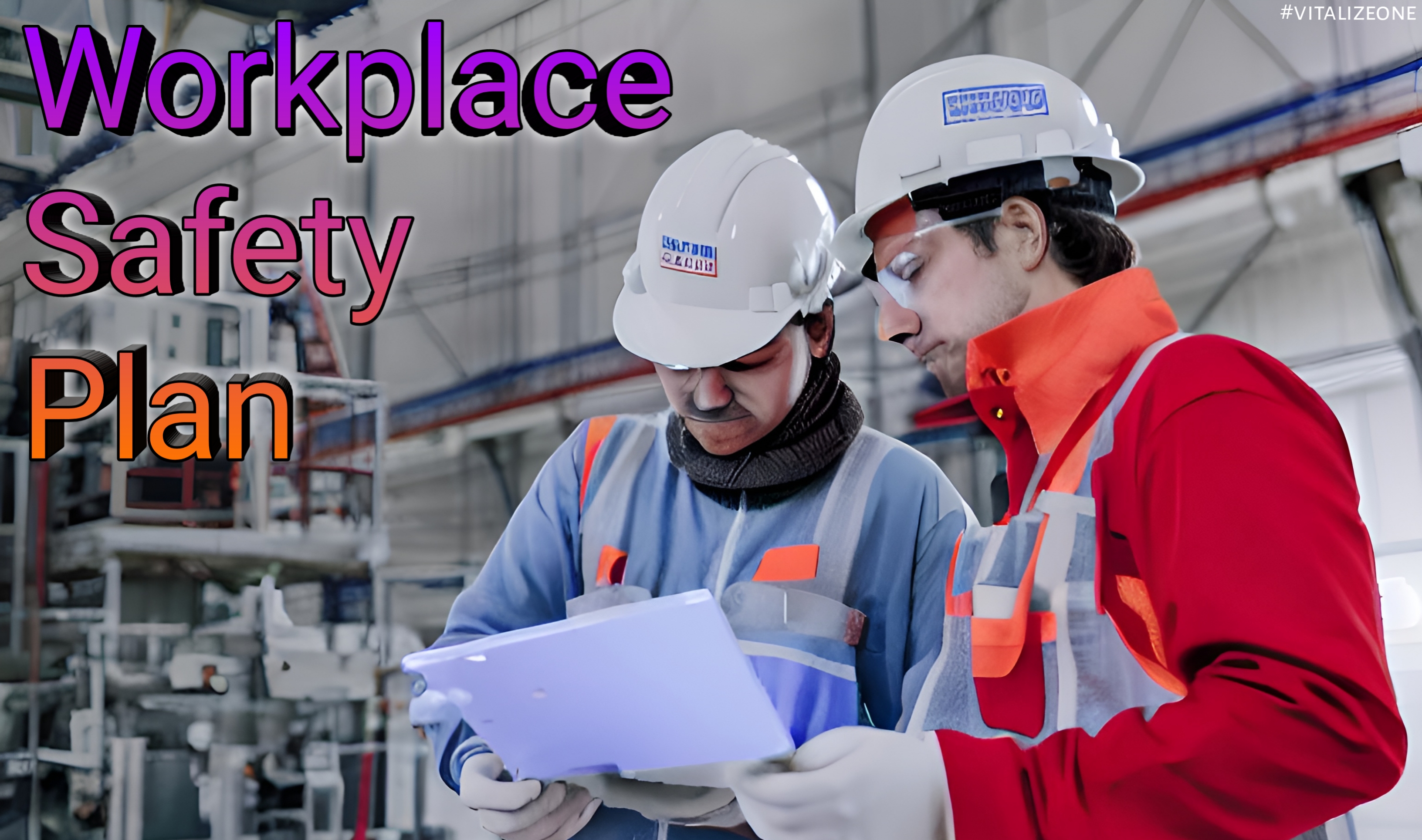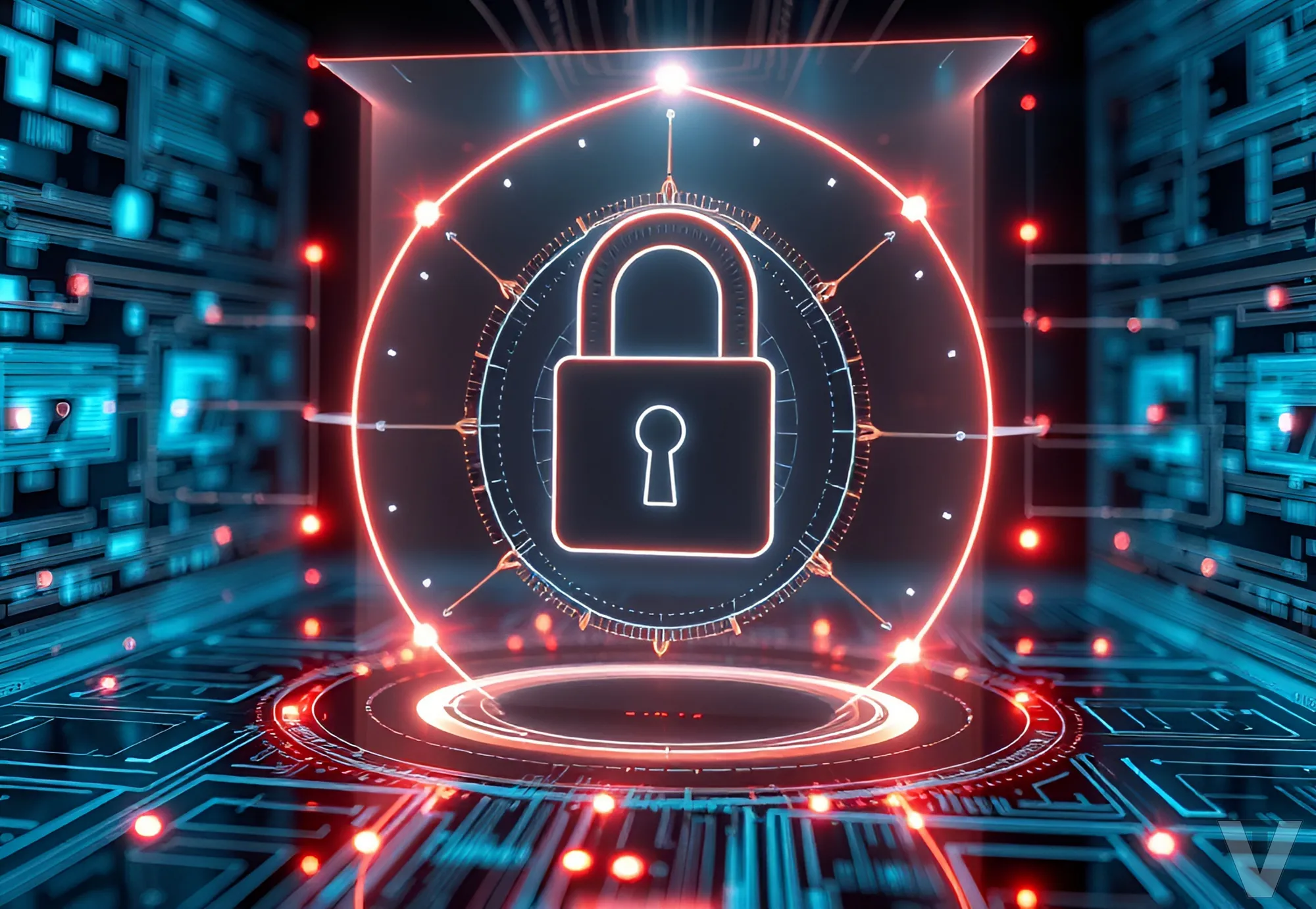|
Getting your Trinity Audio player ready...
|
Our workers and our assets are the most viscerally important components of our business, and keeping them safe is a priority. But we should identify risks every step of the way, which is crucial in the overarching sphere of risk management. But how do we identify risks within a business? Here are the best ways to do this:

Look at the Big Picture
When we start to assess risks, we need to consider everything from an almost pessimistic point of view. We should consider the most obvious things that could go wrong within our company and break down the organization into different risk categories. These could be operational, financial, technological, and reputational risks.
When we consider the worst-case scenarios for the organization, it’s helpful when identifying risks while not necessarily beneficial for our mindset, but it’s so important to challenge all assumptions about potential risks because we can then be prepared for any or all of them to occur. We never rise to the occasion but rather fall to our level of training, and when faced with a major risk that could harm our reputation, being prepared will mitigate a lot of the fallout.
Consult Experts
When there are risks in terms of health and safety, it becomes necessary to comply with certain regulations. While there are so many different aspects of businesses that only need to voluntarily adhere to certain regulations such as Global Investment Performance Standards (GIPS), it’s important to pursue non-essential regulations because it will give us a far better understanding of ourselves and the risks.
There are many GIPS consulting firms out there that can give you greater insight into operational procedures and how you are positioned in terms of the non-compulsory regulations. We should always reach out to experts for the very obvious reason that it ensures we cover all bases. When there are a number of boxes to tick, we think we only need to go for the essential ones; however, there are an abundance of non-essential ones that can give us a far better understanding of how we can identify risk.
Seek Worker Feedback
Workers are one of the best resources in identifying risks, and we should encourage them to provide feedback on the risks they encounter in their day-to-day business practices. There are other different approaches that could be invaluable here such as the NGT (Nominal Group Technique), which is a type of brainstorming that offers an in-depth approach where people write down their own ideas about a challenge without discussing it with other group members, and the team discusses each item to ensure everybody understands them and you can then prioritize each one.
Learning to identify risks is as much about due diligence as it is about research. Conducting internal and external research to learn from industry trends and common occurrences, and analyzing where things are not being done correctly will help to identify the root causes, but you should also operate with a safety-first mindset and ensure this is a part of your company’s culture. Risks are not things that we should avoid but with the correct approach to prevention, this can make a massive difference in our organization.



















